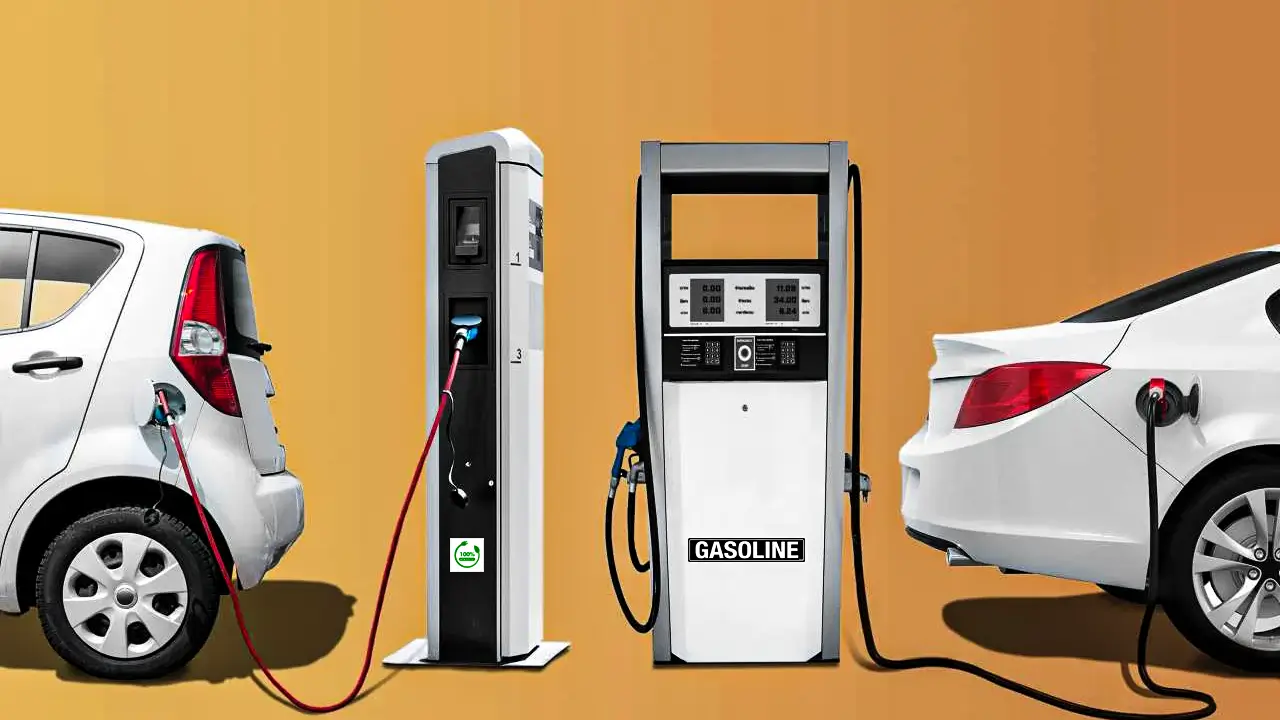Transitioning from Gasoline to Electric Cars
A first step in combating climate change, lowering air pollution, and reducing reliance on fossil fuels is the switch to electric vehicles (EVs) from gasoline-powered automobiles. This development impacts energy consumption, global sustainability initiatives, and the automotive industry. We can see an overview of successful transfers.
1. Government Policies and Incentives
For electric vehicles, government participation is necessary. Policymakers can adopt several tactics to foster a favorable atmosphere, including:
- Tax Incentives and Rebates: Offering financial incentives like tax credits or rebates for purchasing EVs makes them more affordable for consumers, bridging the cost gap between electric and gasoline vehicles.
- Stricter Emission Regulations: Governments can encourage automakers to create cleaner technology, such as electric automobiles, to satisfy environmental goals by emissions regulations for gasoline-powered vehicles.
- Charging Infrastructure Investment: Making EVs a viable option requires the growth of public charging stations. Governments ought to spend money creating a strong and extensive network of charging stations to solve issues like “range anxiety.”
2. Automaker Commitment and Technological Innovation
Automakers must play a key role in the shift by prioritizing electric vehicle development and technology breakthroughs. Key areas of attention are:
- Battery Research and Development: Because batteries are the most expensive and crucial component of EVs, automakers must spend on upgrading battery technology to make them more cost-effective, energy-dense, and quick to charge.
- Improved Range and Charging Speed: Resolving electric car range and charge duration is essential. With improvements in battery technology and quicker charging options, EVs will become more competitive with gas-powered cars, reducing range anxiety and enhancing consumer convenience.
- Diverse EV Offerings: To appeal to different consumer needs, automakers should offer a broad range of electric vehicles, from compact cars to SUVs and trucks. The variety will ensure that EVs can meet the demands of a wide range of consumers.
3. Consumer Education and Awareness
Customers need to be aware of the advantages and usefulness of electric vehicles for the shift to be successful. Campaigns for public education should emphasize
- Reducing Range Anxiety: The driving range of electric automobiles for many prospective purchasers. We can allay these worries by informing them about advancements in battery technology and the growing number of charging stations.
- Total Cost of Ownership: EVs may have a higher upfront cost but typically offer lower maintenance and fuel costs over their lifespan. Understanding the long-term savings associated with EVs can make them more attractive to consumers.
- Environmental Benefits: Public awareness of EVs’ benefits, such as zero tailpipe emissions and lower air pollution, can encourage people to convert to electric cars.
4. Private Sector Collaboration and Investment
The private sector, including energy companies and tech firms, plays a critical role in facilitating the EV transition:
- Charging Infrastructure Development: For the network of charging stations to grow quickly, collaborations between automakers, energy providers, and charging infrastructure providers are essential. That guarantees that EVs are usable by a larger group of people.
- Battery Recycling and Sustainability: Effective battery recycling will become necessary as the market for electric vehicles expands. Private businesses must spend money on environmentally friendly battery disposal and reuse methods that minimize waste.
5. Global Cooperation
The transition to electric vehicles is a global challenge that requires international cooperation:
- International Standards and Cooperation: Global standards for EVs and charging infrastructure can expedite development, lower costs, and increase EV accessibility globally.
- Climate Agreements: The switch to electric vehicles must incorporated into international climate accords and goals. Electrifying transportation can lower global carbon emissions as part of worldwide climate initiatives.
Conclusion
Coordination between multiple sectors is necessary for the complex process of switching from gasoline-powered to electric automobiles. Automakers must diversify and innovate their EV vehicles, governments must enact favorable legislation, and the private sector must assist in infrastructure development. Cooperation on electric cars and continuous technology advancements can lead to a cleaner, more sustainable future that benefits both the global economy and the environment.
- Audi GT50 Concept: A Loud Reminder of Why Car Enthusiasts Fell in Love With Audi
- Nearly 30% of UK Drivers Believe Car Tax Should Be Based on Mileage — Survey
- Why Planes and Boats Escaped the Luxury Tax But Cars Didn’t
- Australia’s Headlight Confusion: Authorities Warn Drivers After Viral $250 Headlight Rule Goes Wild Online
- 2025 Hyundai Venue Facelift Launched in India – Full Details, Variants, and Price
